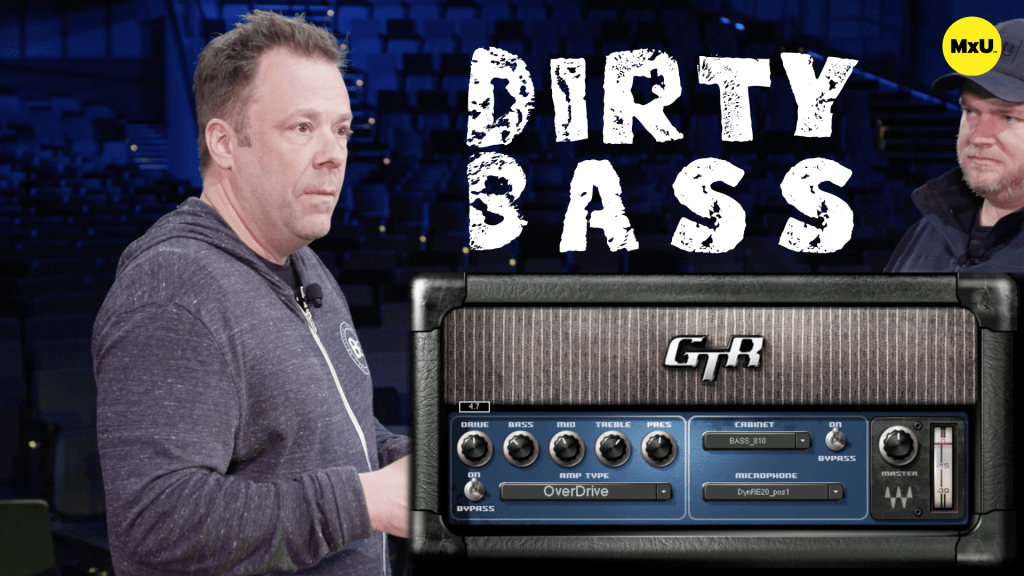Bass Guitar with Jeff Sandstrom
- Good quality tracks and skilled musicians are the foundation for an effective mix. The source's quality is paramount.
- The process starts with the bass guitar. It uses a DI signal with minimal compression to manage dynamic changes during performance.
- The goal is to achieve pointedness in the bass sound. This means emphasizing the clarity of the notes over the 'wolf' bass tones.
- A 'dirty channel' for the bass adds clarity and distinguishes it in a crowded mix. It has to compete with other tracks, pads, and synths.
- The 'dirty channel' adds mid-range and distortion. It doesn't include the low end. This creates a blend of finger noise and slaps for an aggressive sound.
- EQ is used sparingly, mainly to address specific problems or to adapt to room acoustics. The aim is to preserve as much of the natural DI sound as possible.
- The drive channel enhances the bass's honk. It does not excessively carve out the EQ, maintaining the sound's integrity.
- In the full band mix, the bass guitar is balanced to ensure it is clearly audible. It shouldn't overpower other elements.
- The drive channel is compared to parallel compression on drums. It is used as an effect to add a slight edge to the bass in the mix.
- The context is key. The 'dirty' sound may be too much on its own, but when blended correctly, it adds just the right amount of grit and presence to the bass.
Courses
Categories
Nothing added









